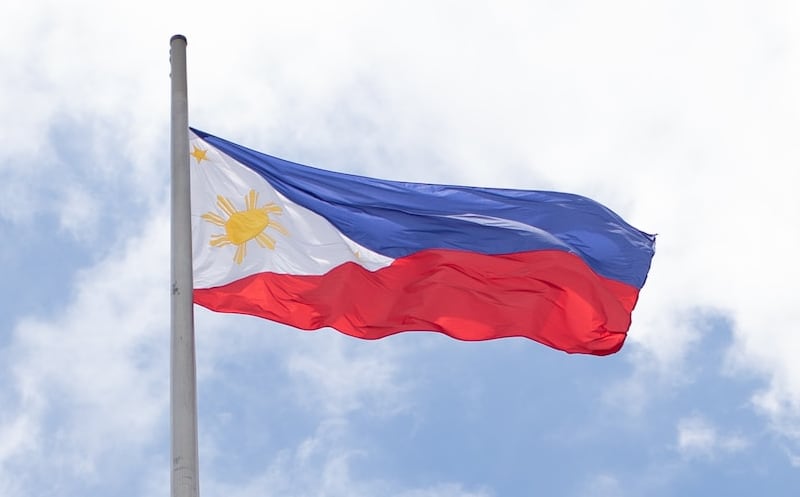Philippines uses cat bond payout to fund pilot government asset insurance

The government of the Philippines has launched a pilot indemnity insurance arrangement to cover government assets totalling almost US $14.4 billion, but in another signal that the country may not return to the catastrophe bond market again anytime soon, it has used an excess payout from its matured cat bond to fund the new insurance arrangement.
The Philippines has again accessed global insurance and reinsurance markets via its own Government Service Insurance System (GSIS), which in turn provides the insurance to the Bureau of the Treasury.
It’s not clear how much of the risk has actually been transferred to private insurance markets and it seems likely an element of the risk from the new so-called National Indemnity Insurance Program (NIIP) has been retained as a result.
The Bureau of the Treasury (BTr) said the National Indemnity Insurance Program (NIIP) will provide “adequate and comprehensive insurance coverage for strategically important government assets,” helping to ensure the Philippines financial resilience against disasters.
“I commend the BTr for successfully implementing the NIIP. Safeguarding our national assets is crucial to ensure the safety and readiness of the projects delivered by this administration for the Filipino people. This is just one of the many immediate actions we are taking to bolster our country’s financial resilience. We are starting the year strong and well-prepared as we expect the realization of many more high-impact infrastructure projects under the leadership of President Ferdinand R. Marcos, Jr.,” Finance Secretary Benjamin E. Diokno commented.
The driver behind the indemnity insurance arrangement is much the same as those which spurred the Philippines on to become a catastrophe bond sponsor back in 2019.
As a reminder, the Philippines government benefited from the World Bank issued IBRD CAR 123-124 catastrophe bond, providing it a source of both earthquake and typhoon wind and rainfall protection on a parametric basis, backed by capital market investors.
The government received a $52.5 million recovery from the originally $150 million of tropical cyclone exposed Class B cat bond notes, after the impacts of super typhoon Rai (locally known as Odette) in late 2021.
But the Philippines government did not opt to renew the World Bank facilitated catastrophe bond when it matured, instead opting to pursue these long-standing plans for a government supported indemnity insurance cover.
The NIIP leverages a portfolio approach to cover more types of government assets, so spreading the risk and maximizing the premium, the Treasury explained.
The 2024 pilot program of the NIIP that has launched provides some coverage for 132,862 Department of Education (DepEd) school buildings nationwide, with an approximate value of over PhP 800 Billion (US $14.4bn).
It’s not clear how much a total payout would actually bring the government, but it’s going to be significantly below the replacement values, it seems.
The indemnity cover came into force from January 1st and the Bureau of the Treasury of the Philippines explained that it has “covered the premium for the pilot program using the excess payout it received from the Catastrophe Bond.”
The Philippines catastrophe bond provided the government $225 million of disaster insurance coverage over a three year term, using a responsive parametric trigger that paid out based on the severity of a cyclone (wind and rain), or earthquake event.
The indemnity cover will likely also respond to other events and may provide some coverage in the event of less severe catastrophes, but the cat bond was a useful cover that proved its worth in paying out and at some stage in the future we suspect the Philippines may returns, as the capital markets can provide an efficient and complementary source of protection for the country and its population.






